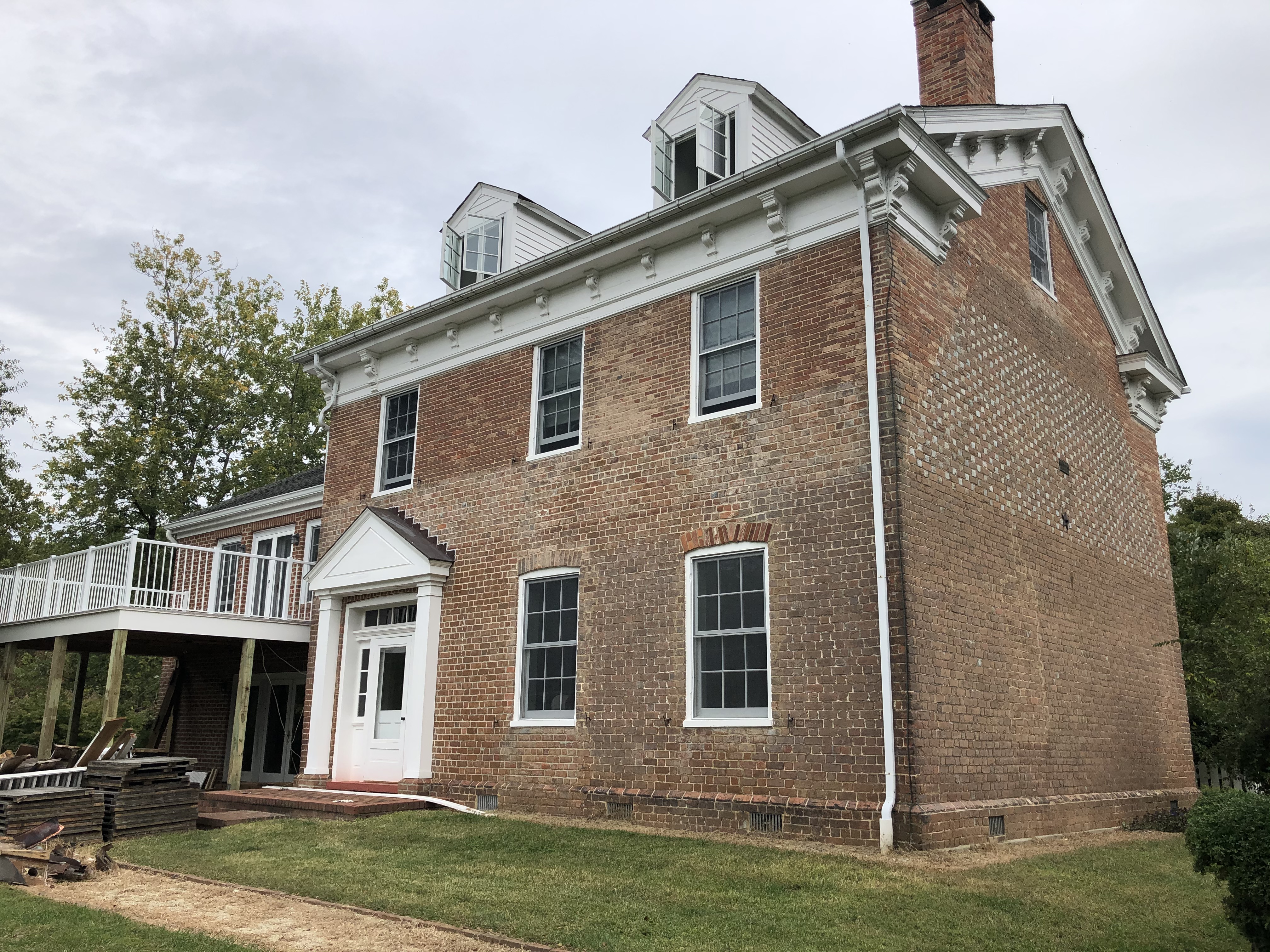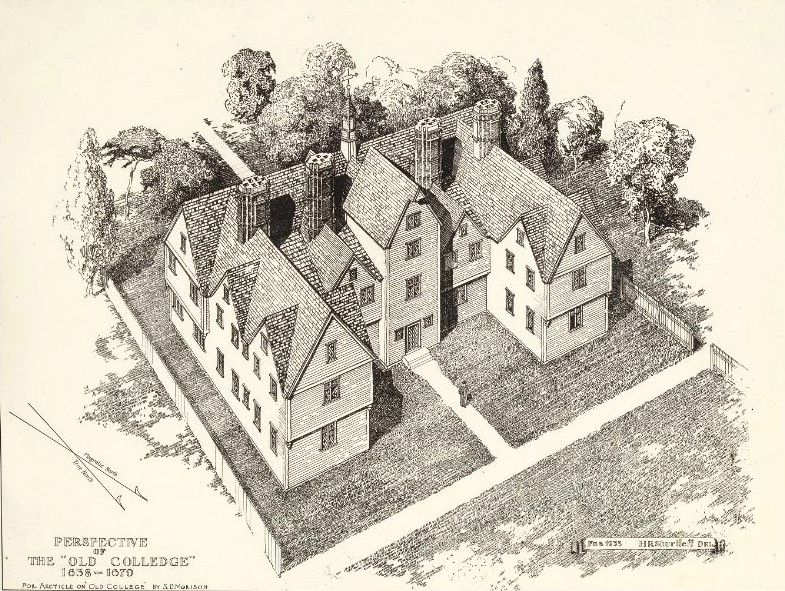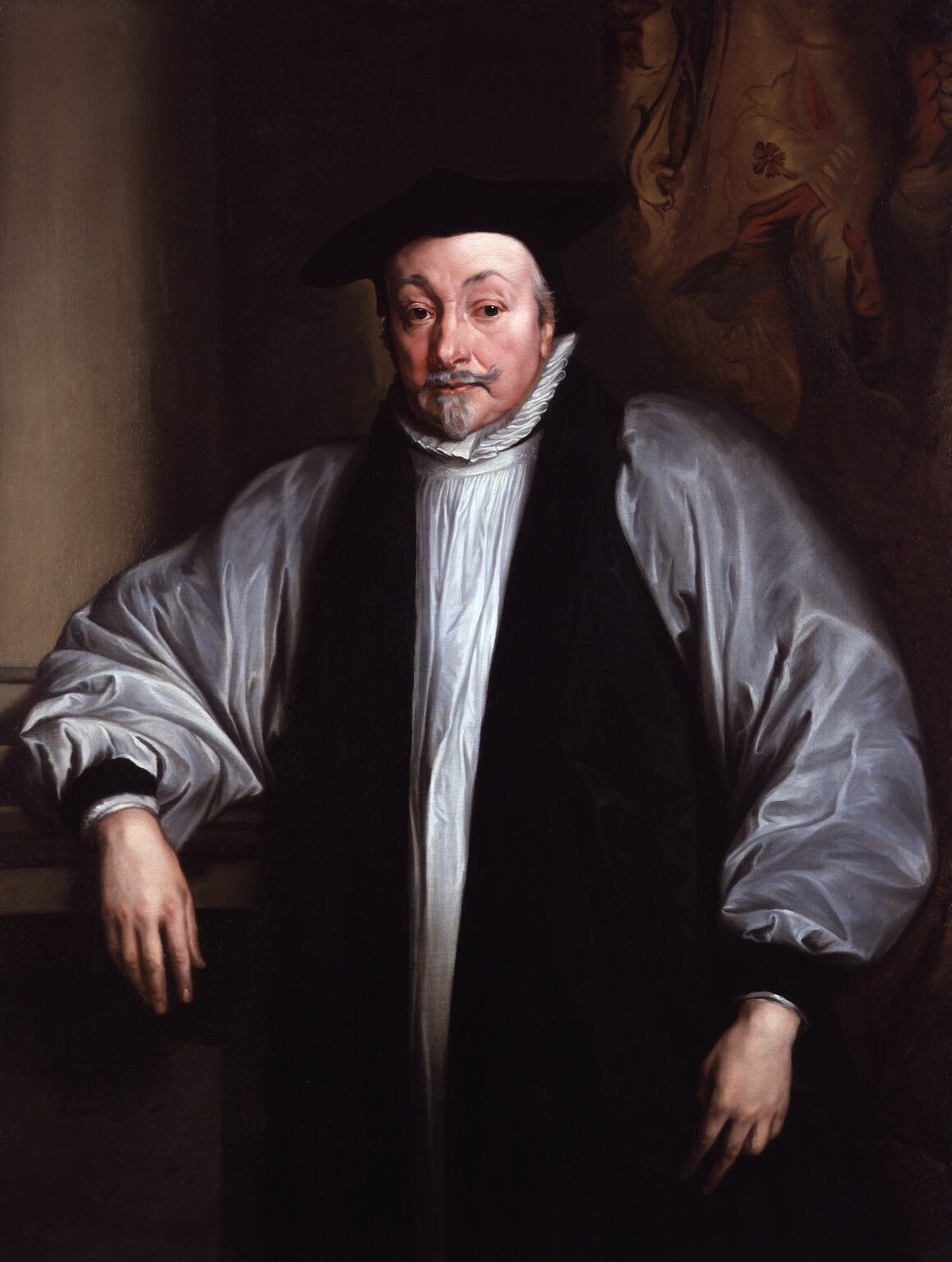|
Robert Brooke, Sr.
Robert Brooke Sr. (1602–1655) was a Colonial Governor of Maryland for several months in 1652.Scharf, John Thomas, ''History of Western Maryland'', p.774 Early life Robert Brooke was born in London on June 23, 1602, third son of Thomas Brooke (1561–1612) of Whitchurch and Susan Forster, daughter of Sir Thomas Forster (1548–1612) of "Etherstone" and sister of Sir Robert Foster, Lord Chief Justice of the King's Bench. Thomas Brooke was a barrister at Inner Temple and MP for Whitchurch from 1604 to 1611. The Brooke family arms were recorded in the Visitation of Hampshire, 1634. Robert and his ten siblings were orphaned in 1612 and were given into the care of their uncle Richard Venables, who managed the Brooke children's finances and saw to their education. Robert matriculated at Wadham College, Oxford on April 28, 1618. He received the degree of B.A. July 6, 1620; consequently, in 1624, without further study or examination, he also received a Master of Arts degree. Religi ... [...More Info...] [...Related Items...] OR: [Wikipedia] [Google] [Baidu] |
Brooke Coat Of Arms 2
Brooke may refer to: People * Brooke (given name) * Brooke (surname) * Brooke baronets, families of baronets with the surname Brooke Places * Brooke, Norfolk, England * Brooke, Rutland, England * Brooke, Virginia, US * Brooke's Point, Palawan, Philippines * Fort Brooke, US Other * Brooke Army Medical Center, Fort Sam Houston, Texas, US * Brooke (VRE station) * Brooke Bond, a tea company * Brooke rifle, an American Civil War coast defense gun See also * Brookes * Justice Brooke (other) {{disambiguation, geo ... [...More Info...] [...Related Items...] OR: [Wikipedia] [Google] [Baidu] |
Cavalier
The term Cavalier () was first used by Roundheads as a term of abuse for the wealthier royalist supporters of King Charles I and his son Charles II of England during the English Civil War, the Interregnum, and the Restoration (1642 – ). It was later adopted by the Royalists themselves. Although it referred originally to political and social attitudes and behaviour, of which clothing was a very small part, it has subsequently become strongly identified with the fashionable clothing of the court at the time. Prince Rupert, commander of much of Charles I's cavalry, is often considered to be an archetypal Cavalier. Etymology Cavalier derives from the same Latin root as the Italian word and the French word (as well as the Spanish word ), the Vulgar Latin word '' caballarius'', meaning 'horseman'. Shakespeare used the word ''cavaleros'' to describe an overbearing swashbuckler or swaggering gallant in Henry IV, Part 2 (c. 1596–1599), in which Robert Shallow says "I'll drink ... [...More Info...] [...Related Items...] OR: [Wikipedia] [Google] [Baidu] |
Chester
Chester is a cathedral city and the county town of Cheshire, England. It is located on the River Dee, close to the English–Welsh border. With a population of 79,645 in 2011,"2011 Census results: People and Population Profile: Chester Locality"; downloaded froCheshire West and Chester: Population Profiles, 17 May 2019 it is the most populous settlement of Cheshire West and Chester (a unitary authority which had a population of 329,608 in 2011) and serves as its administrative headquarters. It is also the historic county town of Cheshire and the second-largest settlement in Cheshire after Warrington. Chester was founded in 79 AD as a "castrum" or Roman fort with the name Deva Victrix during the reign of Emperor Vespasian. One of the main army camps in Roman Britain, Deva later became a major civilian settlement. In 689, King Æthelred of Mercia founded the Minster Church of West Mercia, which later became Chester's first cathedral, and the Angles extended and strengthene ... [...More Info...] [...Related Items...] OR: [Wikipedia] [Google] [Baidu] |
Cecil Calvert, 2nd Baron Baltimore
Cecil Calvert, 2nd Baron Baltimore (8 August 1605 – 30 November 1675), also often known as Cecilius Calvert, was an English nobleman, who was the first Proprietor of the Province of Maryland, ninth Proprietary Governor of the Colony of Newfoundland, and second of the colony of Province of Avalon to its southeast. His full title was "First Lord Proprietary, Earl Palatine of the Provinces of Maryland and Avalon in America". He received the proprietorship after the death of his father, The 1st Baron Baltimore (1579 – 15 April 1632), for whom it had been intended. Cecil, Lord Baltimore, established and managed the Province of Maryland from his home, Kiplin Hall, in North Yorkshire, England. As an English Roman Catholic, he continued the legacy of his father by promoting religious tolerance in the colony. Maryland became a haven for Catholics in the New World, particularly important at a time of religious persecution in England. Lord Baltimore governed Maryland for forty-tw ... [...More Info...] [...Related Items...] OR: [Wikipedia] [Google] [Baidu] |
William Stone (Maryland Governor)
William Stone, 3rd Proprietary Governor of Province of Maryland (c. 1603 – c. 1660) was an early English settler in Maryland. He was governor of the colony of Maryland from 1649 to 1655. Early life William Stone was born in Northamptonshire, England.''Concise Dictionary of American Biography'', p. 1018. New York: Charles Scribner's Sons/London: Oxford University Press, 1964. Business dealings in Virginia Colony On September 15, 1619, William Stone set sail for the Virginia Colony, on the ship, ''Margaret of Bristol'' and was one of the new colonists, being sent to Berkeley Hundred, to work under Captain John Woodlief's supervision. Stone was supposed to serve the Society of Berkeley Hundred's investors for six years in exchange for 30 acres of land. Sometime, prior to February 9, 1629, he received a tobacco bill from Richard Wheeler. By June 4, 1635, William had patented 1,800 acres in Accomack. Family, marriage, and colonial government official Local court records ... [...More Info...] [...Related Items...] OR: [Wikipedia] [Google] [Baidu] |
Leonard Calvert By Florence MacKubin
Leonard or ''Leo'' is a common English masculine given name and a surname. The given name and surname originate from the Old High German ''Leonhard'' containing the prefix ''levon'' ("lion") from the Greek Λέων ("lion") through the Latin '' Leo,'' and the suffix ''hardu'' ("brave" or "hardy"). The name has come to mean "lion strength", "lion-strong", or "lion-hearted". Leonard was the name of a Saint in the Middle Ages period, known as the patron saint of prisoners. Leonard is also an Irish origin surname, from the Gaelic ''O'Leannain'' also found as O'Leonard, but often was anglicised to just Leonard, consisting of the prefix ''O'' ("descendant of") and the suffix ''Leannan'' ("lover"). The oldest public records of the surname appear in 1272 in Huntingdonshire, England, and in 1479 in Ulm, Germany. Variations The name has variants in other languages: * Leen, Leendert, Lenard (Dutch) * Lehnertz, Lehnert (Luxembourgish) * Len (English) * :hu:Lénárd (Hungarian) * Lenart ( ... [...More Info...] [...Related Items...] OR: [Wikipedia] [Google] [Baidu] |
James Neale
Captain James Neale (1615–1684) was an influential early immigrant to Maryland. Early life Neale was born to Jane Baker and Raphael Neale of Drury Lane, London and of Wollaston, Northamptonshire, England. One of his daughters was Henrietta Maria Neale, who married Richard Bennett Jr., son of Governor Richard Bennett of Virginia. Career He immigrated to Maryland in about 1635. On June 19, 1641, Neale received 1000 acres (4 km²) of land for having transported himself and five servants into the Province of Maryland. He assigned these acres to Thomas Hebden. In a warrant dated July 25, 1641 in London from Lord Baltimore, Neale was granted another 2000 acres (8 km²) on October 31, 1642 for a manor which would be called Wollaston. The manor would prove to be the principal seat of the Neale family for several generations and was situated in what would later be called Charles County, Maryland. Neale was a member of the Maryland Council 1643 and again in 1644. By 1647 ... [...More Info...] [...Related Items...] OR: [Wikipedia] [Google] [Baidu] |
Wadham College, Oxford
Wadham College () is one of the constituent colleges of the University of Oxford in the United Kingdom. It is located in the centre of Oxford, at the intersection of Broad Street and Parks Road. Wadham College was founded in 1610 by Dorothy Wadham, according to the will of her late husband Nicholas Wadham, a member of an ancient Devon and Somerset family. The central buildings, a notable example of Jacobean architecture, were designed by the architect William Arnold and erected between 1610 and 1613. They include a large and ornate Hall. Adjacent to the central buildings are the Wadham Gardens. Amongst Wadham's most famous alumni is Sir Christopher Wren. Wren was one of a brilliant group of experimental scientists at Oxford in the 1650s, the Oxford Philosophical Club, which included Robert Boyle and Robert Hooke. This group held regular meetings at Wadham College under the guidance of the warden, John Wilkins, and the group formed the nucleus which went on to found the Royal ... [...More Info...] [...Related Items...] OR: [Wikipedia] [Google] [Baidu] |
Harvard College
Harvard College is the undergraduate college of Harvard University, an Ivy League research university in Cambridge, Massachusetts. Founded in 1636, Harvard College is the original school of Harvard University, the oldest institution of higher learning in the United States and among the most prestigious in the world. Part of the Faculty of Arts and Sciences, Harvard College is Harvard University's traditional undergraduate program, offering AB and SB degrees. It is highly selective, with fewer than five percent of applicants being offered admission in recent years. Harvard College students participate in more than 450 extracurricular organizations and nearly all live on campus—first-year students in or near Harvard Yard, and upperclass students in community-oriented "houses". History The school came into existence in 1636 by vote of the Great and General Court of the Massachusetts Bay Colony—though without a single building, instructor, or student. In 1638, the colleg ... [...More Info...] [...Related Items...] OR: [Wikipedia] [Google] [Baidu] |
Bishop Of St David's
The Bishop of St Davids is the Ordinary (officer), ordinary of the Church in Wales Diocese of St Davids. The succession of bishops stretches back to Saint David who in the 6th century established his seat in what is today the St Davids, city of St Davids in Pembrokeshire, founding St David's Cathedral, St Davids Cathedral. The current bishop of St Davids is Joanna Penberthy, since the Confirmation of bishops, confirmation on 30 November 2016 of her Canonical election, election.Church in Wales — Election of Wales’ first woman bishop is confirmed (Accessed 5 January 2017) History The history of the diocese of St Davids is traditionally traced to that saint in the latter half of the 6th century. Records of t ...[...More Info...] [...Related Items...] OR: [Wikipedia] [Google] [Baidu] |
Dean Of Worcester
The Dean of Worcester is the head of the Chapter of Worcester Cathedral in Worcester, England. The current dean is Peter Atkinson, who lives at The Deanery, College Green, Worcester. Crockford's on-line accessed by subscription Tuesday 11 June 2013 06:10 GMT List of deans Early modern *1541–1544 Henry Holbeach (last prior) *1544–1553 John Barlow *1553–1557 Philip Hawford *1557–1559 Seth Holland *1559–1571 John Pedder *1571–1586 Thomas Wilson *1586–1597 Francis Willis *1597–1604 Richard Edes *1604–1608 James Montague *1608–1616 Arthur Lake *1616–1627 Joseph Hall *1627–1633 William Juxon *1633–1636 Roger Maynwaring *1636–1646 Christopher Potter *1646–1649 Richard Holdsworth *1649–1660 ''No dean during the Interregnum'' *1660–1661 John Oliver *1661–1665 Thomas Warmestry *1665–1683 William Thomas *1683–1691 George Hickes *1691–1715 William Talbot *1715–1726 Francis Hare *1726–1746 James Stillingfleet *1746–1751 Edmund M ... [...More Info...] [...Related Items...] OR: [Wikipedia] [Google] [Baidu] |
Roger Mainwaring
Roger Maynwaring, variously spelt Mainwaring or Manwaring, (29 June 1653) was a bishop in the Church of England, censured by Parliament in 1628 for sermons seen as undermining the law and constitution. His precise motives for doing so remain unclear; unlike William Laud, he was not an Arminian, and many contemporaries believed he did so for preferment. He became Bishop of St Davids in 1636; in 1641, the Long Parliament issued a warrant for his arrest, and he fled to Ireland. He returned to England in July 1642, shortly before the First English Civil War began, and, deprived of his See, retired to Brecon in Wales, where he died in June 1653. Biography Roger Maynwaring was born in Church Stretton, Shropshire; his father Thomas (1544–?) was the younger son of Sir Randall Maynwaring of Carincham, in Cheshire. He apparently married twice; there are no details of his first wife, but his will mentions three adult daughters, a son, and his second wife Jane. Career Educated ... [...More Info...] [...Related Items...] OR: [Wikipedia] [Google] [Baidu] |








